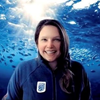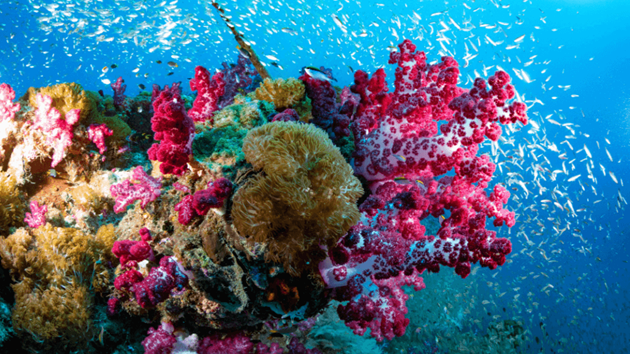Thirty years after the world learned the hard way that the ocean’s resources aren’t endless, we look at what’s changed and what’s still at stake.
You don’t know what you’ve got till it’s gone
That saying has rarely felt as relevant as it does today. From empty supermarket shelves during the pandemic to soaring food prices driven by geopolitical shocks, many people are learning the hard way that essential goods they assumed would always be there are not guaranteed. It’s a hard but important reminder that we cannot take food security for granted.
Thirty years ago, the Grand Banks cod fishery collapsed. It had been fished to such an extreme that the population plummeted to just 1% of its historic levels. This meant that fishers were no longer catching any cod, and the government officially banned fishing for cod. An estimated 35,000 people lost their job, which had a cascading effect on the entire economy of Atlantic Canada.
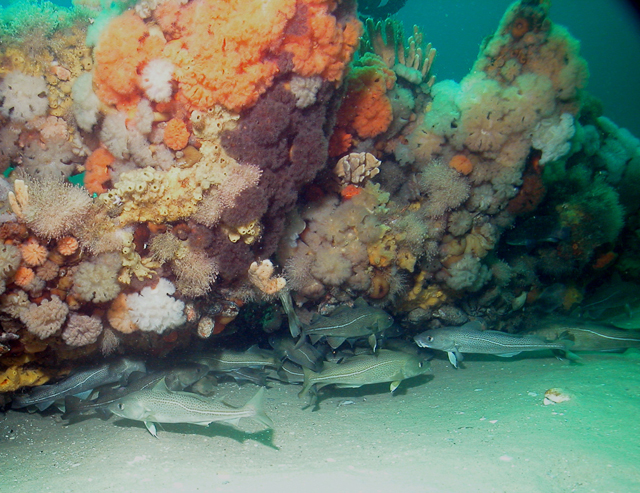
Atlantic cod swimming under a reef
This collapse was one of the major factors that prompted the UN’s Food and Agriculture Organization (FAO) to adopt the Code of Conduct for Responsible Fisheries. The Code of Conduct officially acknowledged that the ocean’s resources are not limitless and must be protected for the future.
The long-held belief that there would always be ‘plenty more fish in the sea’ was shattered. It was replaced by the reality of collapsed fish stocks, lost livelihoods, and decimated communities.
Prolonged overfishing had created this disaster. Now it was time for the world to come together and agree to do better for future generations.
What is the FAO Code of Conduct for Responsible Fisheries?
According to the FAO, the purpose of the Code is to set international standards for “responsible behavior in the fisheries sector.”
The goal was to create a set of principles that help with effective management of “living aquatic resources” so that seafood could contribute to global nutrition, employment, trade, and economic wellbeing for this generation and generations to come.
The Code provides a set of guidelines that can be used by governments and stakeholders involved in fisheries to better manage fish populations for the long term.
A global call to action
The Code was a call to arms; if the world wanted fisheries to keep contributing to global nutrition, economies, and societies, then they must be managed responsibly.
That was the spark that created the MSC. Our mission was (and remains!) to use market forces to encourage and reward sustainable fishing practices. In fact, the MSC Fisheries Standard was one of the first models for sustainable fishing to base its requirements on the Code of Conduct. This gave fisheries the opportunity to demonstrate their sustainability against internationally recognized best practice.
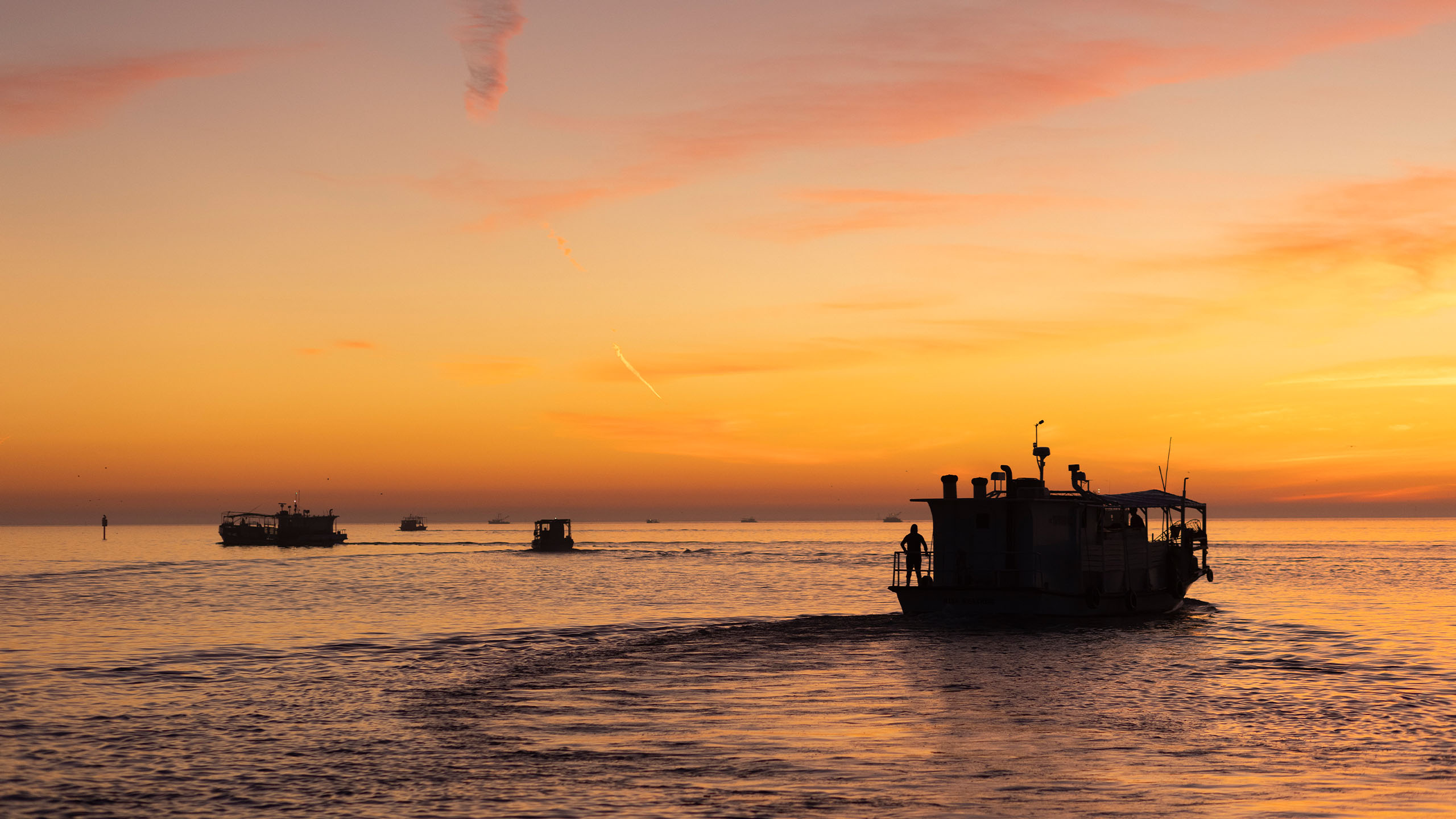
MSC certified oyster fishery in Galveston, TX
Today, over 20% of the world’s marine catch now comes from fisheries engaged with the MSC program. More than 700 fisheries in the MSC program are living up to the expectations of the Code of Conduct. Hundreds of thousands of fishers and processors are helping to bring sustainable seafood to markets around the world.
Responsible fishing success stories
The last three decades have shown that sustainable management delivers results.
For example, the MSC certified Chilean Jack Mackerel fishery developed a coordinated, regional approach to managing the fishery. This new approach led to a significant increase in the number of fish in the ecosystem.
And in the Northern Prawn fishery in Australia (MSC certified since 2012), the addition of technology to avoid accidental capture of sea turtles, sawfish, and other protected species has helped protect these magnificent animals.
Collaboration is the key to success. Intercontinental agreements have helped protect tuna populations in the Pacific Ocean and herring fleets in the North Sea. There are 182 tuna fisheries engaged with the MSC program, representing 57% of all tuna catch. And FAO data shows 87% of tuna stocks are considered sustainable.
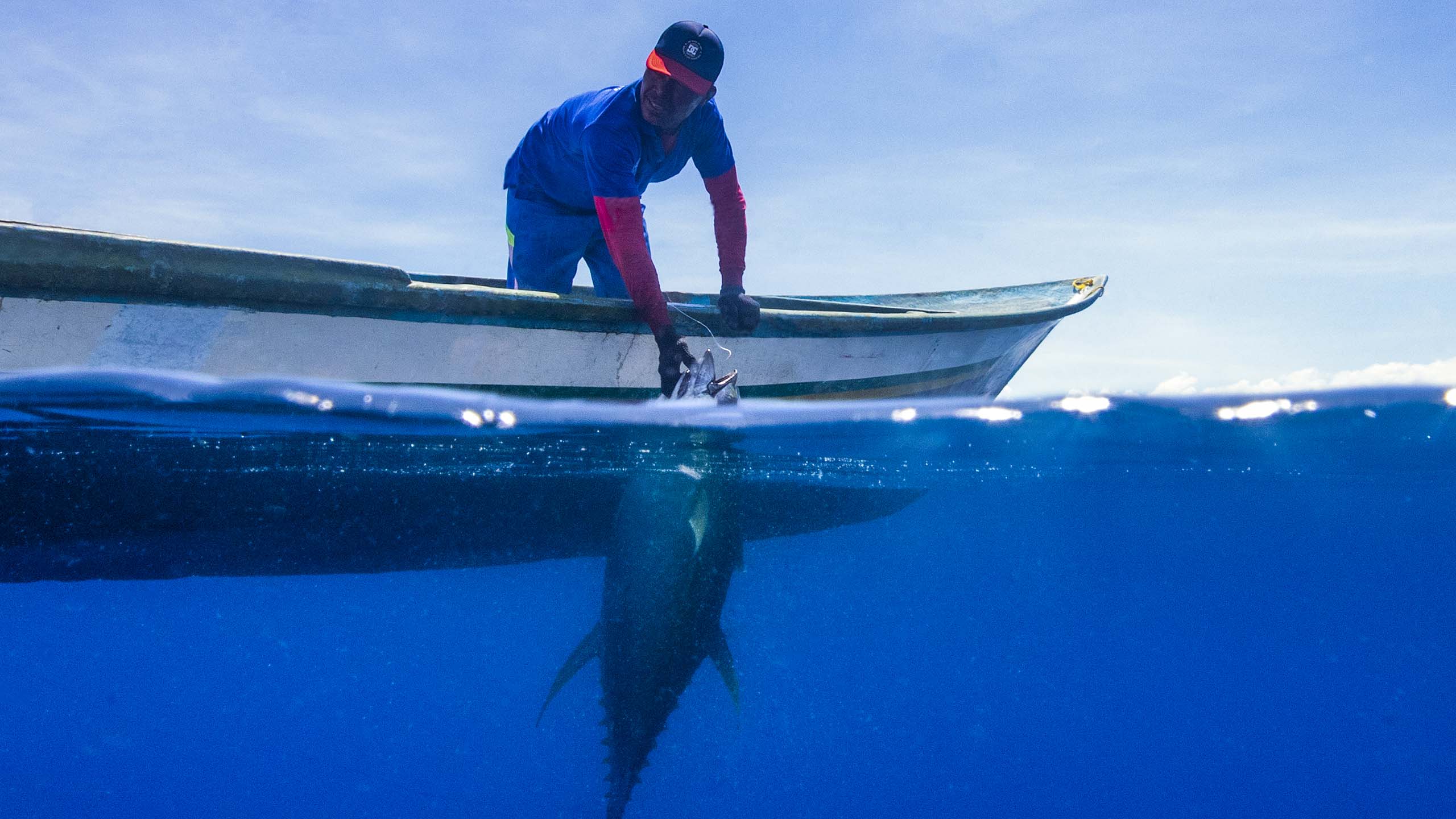
MSC certified yellowfin tuna fishery in Indonesia
The next thirty years...
We’ve collectively made a lot of progress, but we’re not done yet. According to the most recent UN FAO data, over a third of global fish stocks are still being fished at unsustainable levels – meaning that fish are being caught faster than they can reproduce. And as the population continues to grow and the climate continues to warm, it has never been more important that we manage fish stocks sustainably.
The FAO Code of Conduct was clear: marine resources, though renewable, are not infinite. The MSC has demonstrated that consumer choice and market incentives can shift entire industries. But to secure the future of seafood, we must go further and faster. Governments, industry, civil society, and seafood consumers must all play their part in ensuring that responsible fisheries management becomes the norm, not the exception.
As we look back on the Code of Conduct’s creation, and forward to the challenges ahead, one lesson stands out: sustainability is not a destination, but a journey. The oceans are resilient, but only if we give them the chance.

Support a sustainable ocean!
Join us every month as we share successes from sustainable fisheries around the world.
* This field is required


